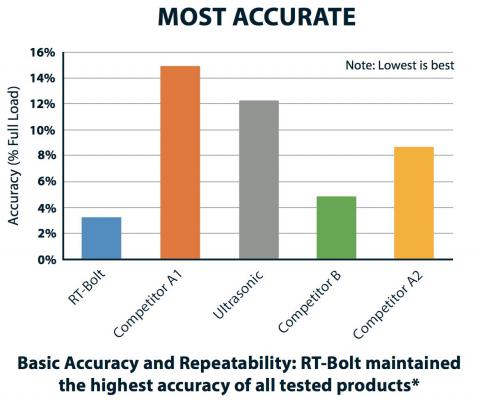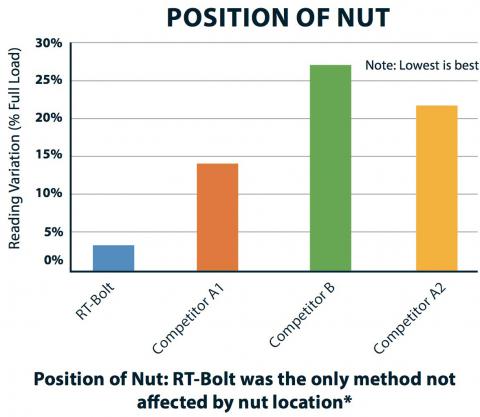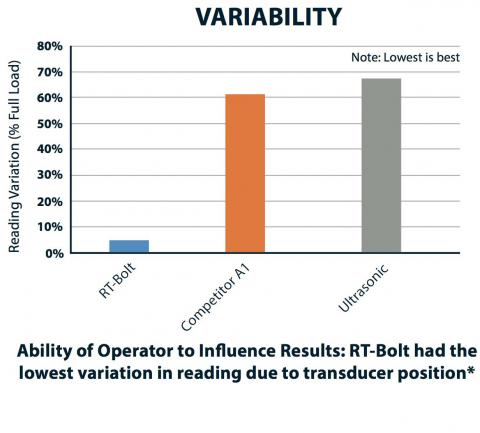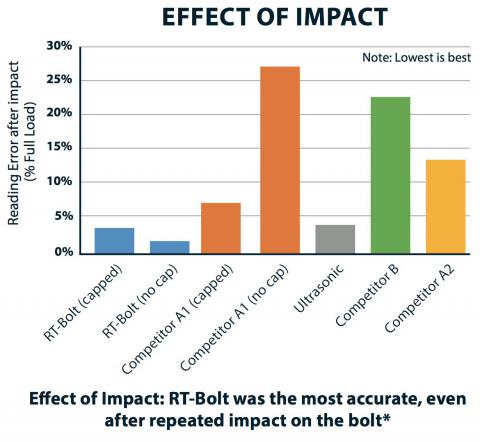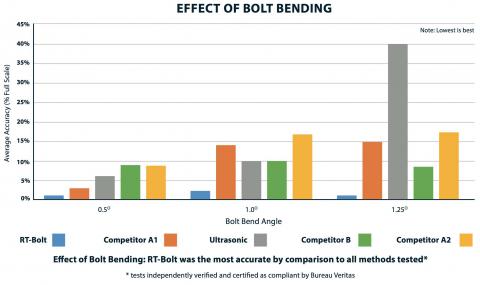The Problem:
Compact flanges were used on a NPS 40 gas line on an offshore platform. The compact flange joints proved very difficult to seal during assembly and commissioning. They are also likely to be difficult to maintain, as small imperfections can cause leakage of the seal ring. A back-up plan was formulated that involved using a kamprofile gasket in place of the compact seal ring. This required very accurate joint assembly, in order to ensure that an adequate buffer against leakage could be established with the kamprofile gasket.
The Consequence:
Leakage of these joints would not only shut the platform down, but (if ignited) it would have the potential to severely damage the platform infrastructure. In addition, envisaged maintenance issues with the current design are expected to likely extend future turn-arounds, having the potential to cost in excess of $5 million per day in lost production and turn-around costs.
Previous Fixes:
The use of such large diameter compact joints is relatively new in industry, so the associated problems and fixes are only now emerging.
The RT-Bolt Solution:
RT-Bolts were machined into a set of 3-1/4 inch diameter x 30 inch long A320-L7 bolts, in order to facilitate accurate assembly of the joint, should the kamprofile gasket option be employed.
The Outcome:
The RT-Bolts passed the end-user inspection, verification and testing with flying colours and are now in storage, for use should they be required. The accuracy and repeatability of the bolts was confirmed by the multinational end-user client’s engineers via comprehensive site acceptance testing.
Download:

